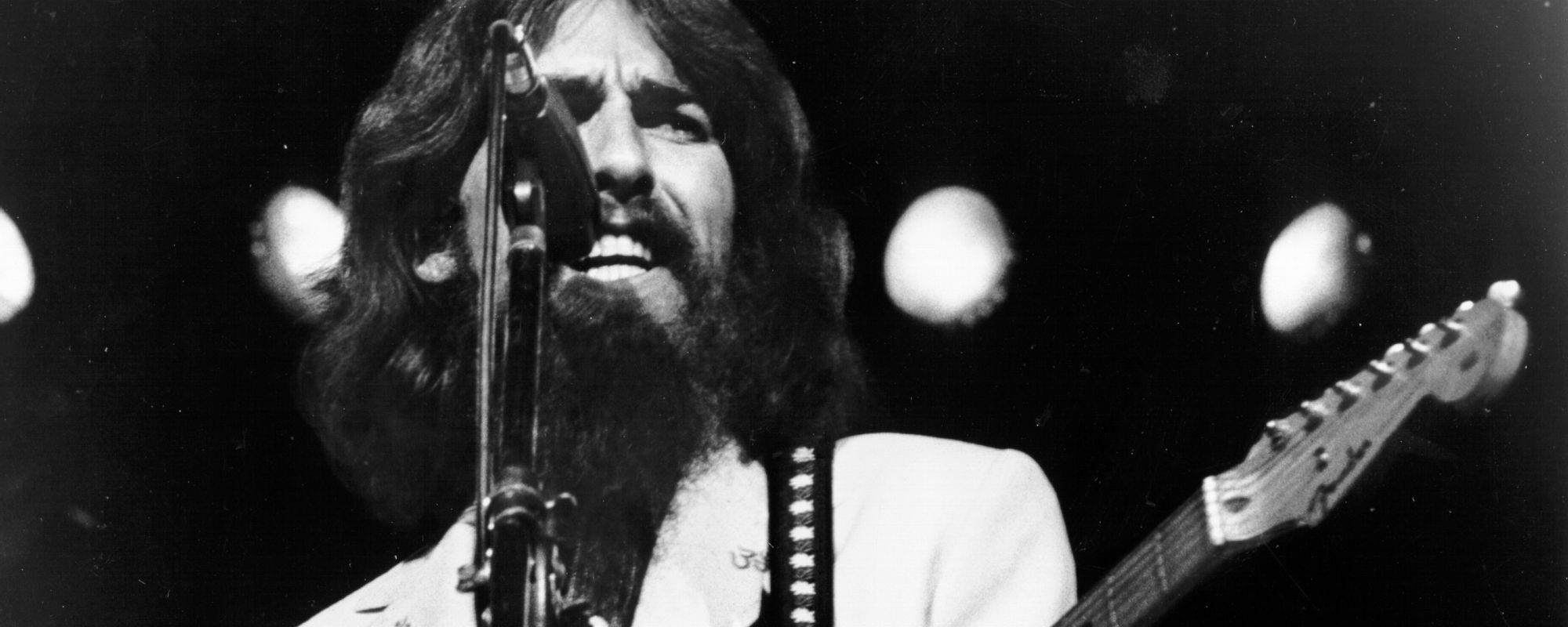Throughout the mid-1960s and through the early ’70s, The Move had a number of hits in the U.K. within their first five years. Some of those songs include “Night of Fear,” “Flowers in the Rain,” “Fire Brigade,” “Wild Tiger Woman,” and “Blackberry Way.”
Videos by American Songwriter
In the late ’60s, Jeff Lynne joined The Move and began contributing some songs to the band’s final two albums, Looking On in 1970 and Message from the Country a year later. By this time, the remaining members of The Move were Lynne, guitarist Roy Wood — who was also in The Idle Race with Lynne prior to The Move — and drummer Bev Bevan.
The trio had another agenda — to start a new band — and had already begun crafting music around something more symphonic, fused by rock, classic music, and sci-fi inferences, which became Electric Light Orchestra.
“Light Orchestras”
The band took its name because they were combining traditional electric rock instruments, along with more strings and orchestral instrumentation.
Throughout the 1960s in the U.K., “Light Orchestras” were smaller groups performing shorter orchestral pieces centered around symphonies, concertos, operas, and more. “Light music” groups, often dubbed “easy listening,” continue today but were particularly popular during the ’60s.
Electric Light Orchestra
Formed in Birmingham, England, in 1970, Electric Light Orchestra (ELO) released their eponymous debut in 1971 and their first top 10 “10538 Overture” followed. The band continued on with hits “Mr. Blue Sky,” “Evil Woman,” “Livin’ Thing,””Sweet Talkin’ Woman,” “Telephone Line,” “Turn to Stone,” “Don’t Bring Me Down,” and more.
‘Xanadu’ and the 1980s
The band continued to release more hits throughout the ’80s and even backed the 1980 film soundtrack Xanadu, along with Olivia Newton-John. In 1986 ELO disbanded after Bevan left (later forming ELO Part II). Wood had previously parted ways with ELO in 1972.
Throughout the decade and into the ’90s, Lynne was also transitioning into production, working on George Harrison‘s 1987 album Cloud Nine and Tom Petty‘s 1989 debut Full Moon Fever. He also wrote and co-produced Roy Orbison‘s Mystery Girl album and co-wrote the hit “You Got It.”
The trio eventually formed the Traveling Wilburys with Bob Dylan, formed just before Orbison’s death in 1988 and continued on through 1990.
ELO: 2000s – Present
Electric Light Orchestra disappeared throughout the ’90s and most of the 2000s, following the release of Zoom in 2001 — featuring Ringo Starr, George Harrison and a cast of other musicians. Lynne reformed ELO in 2014 with keyboardist and guitarist Richard Tandy as Jeff Lynne’s ELO and released Alone in the Universe in 2015 and From Out of Nowhere in 2019.
In 2023, Lynne was inducted into the Songwriters Hall of Fame.
Photo: Fin Costello/Redferns













Leave a Reply
Only members can comment. Become a member. Already a member? Log in.